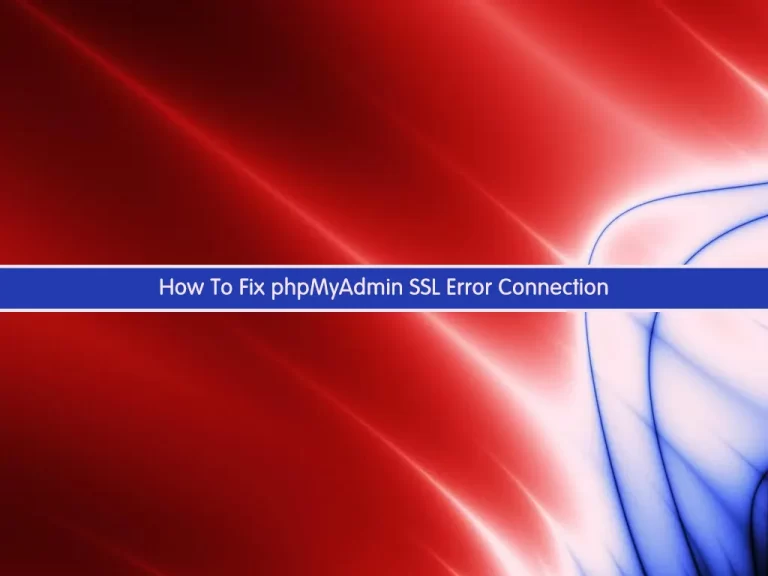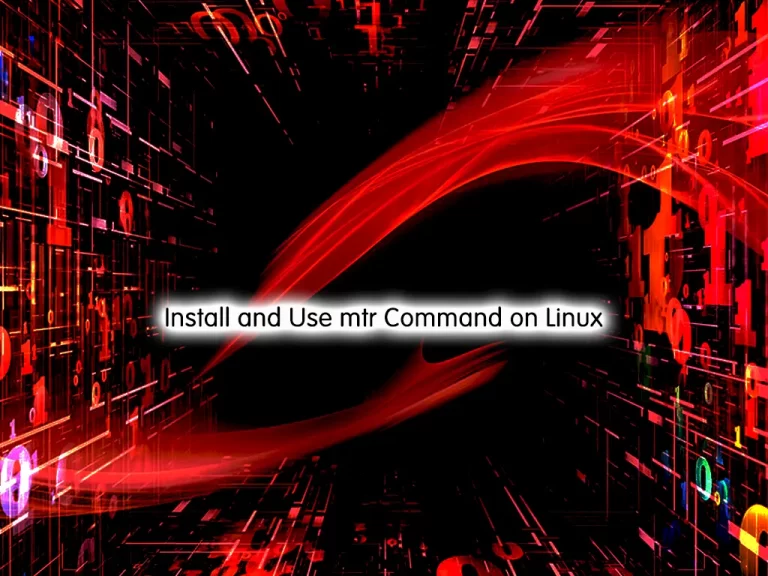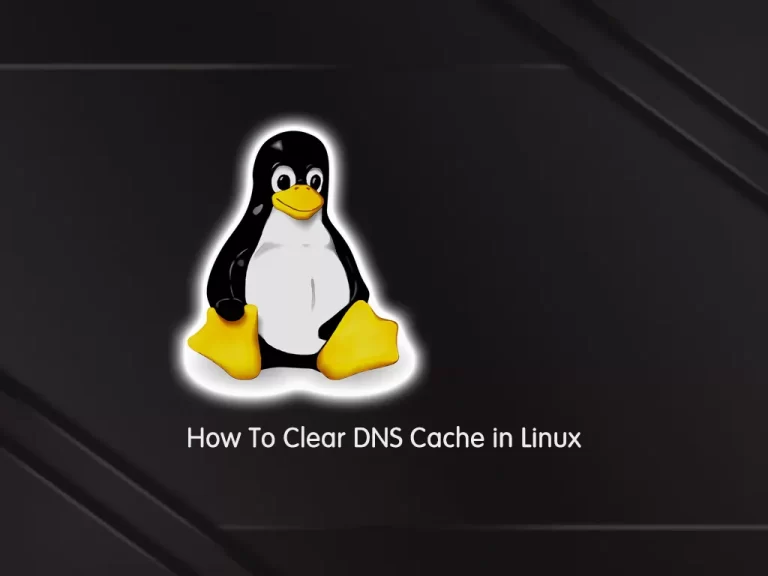Fix PuTTY Server Refused Our Key Error

How To Create Tar.Gz File in Linux

Use nslookup Command in Linux

Unable To Connect to cqlsh Cassandra

XAMPP Unable To Determine IP Address of hostname

How To Fix phpMyAdmin SSL Error Connection

How To Change LiteSpeed WebAdmin Console Login

How To Install mtr Command on Linux

How To Enable IP Forwarding in Linux

How To Restart Network on Ubuntu

How To Clear DNS Cache in Linux

Manage Networking with Netplan on Debian / Ubuntu

Stay informed and not overwhelmed, subscribe now!
